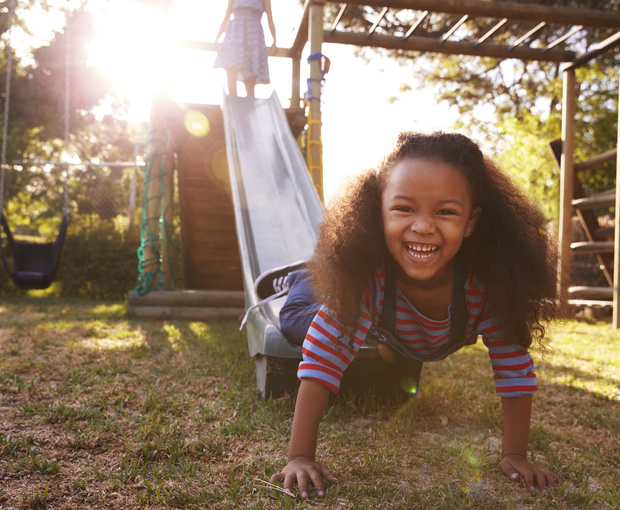
Concussion Prevention in Children
If your child participates in sports, there may be a cause for concern as it pertains to head injuries and concussions. Concussions can happen at any time, especially if your child is involved in a high impact sport like ice hockey. A groundbreaking study on Canadian junior ice hockey published in the November 2010 edition of Neurosurgical Focus uncovers alarming head injury/concussion data and trends that raise many questions about the safety and well-being of teenagers and young adults who participate in this popular sport.
So what is a concussion?
Basically, a concussion occurs when trauma to the head and neck causes a vigorous, unnatural impact on the brain. In most cases, the side-effects of a concussion are short-lived and appear as a headache. However, in some situations, a concussion may result in impaired brain function.
So how do you prevent a concussion?
Besides wearing a helmet, it's crucial for children to learn neck-strengthening exercises. The strength and stability of the muscles of the neck and trunk will help minimize the impact of injuries and the likelihood of concussions in high impact sports like football and hockey.
For children (and young adults) participating in sports, an evaluation from a physiotherapist can help determine potential areas of weakness and instability. Information from the evaluation will help your physiotherapist design a neck-strengthening program that can help avoid serious injury and possible concussions due to weak neck muscles.
Is prevention really possible?
It's almost impossible to prevent concussions, but it is possible to reduce their risk. One of the easiest and most effective ways to reduce the risk of a concussion is to wear a protective helmet. Even if a sport does not require the use of a helmet, we strongly suggest that you encourage your child to use one anyway.
The earlier you can instill this habit, the better. Teach them that a helmet is not an option but a necessity. If children begin wearing helmets at an early age, they will be more likely to use them as they grow older instead of thinking that a helmet is not 'cool' enough.
The first rule for your child's safety should be: "If you want to play, you need to wear a helmet."
Physiotherapy for concussions
What is the damage caused by a concussion?
Concussions can be detected years after they occur in MRI scans as 'white spots'. The meaning of these spots is often debated, along with the long-term impact of a concussion.
Regardless of the severity of concussions, you want to minimize them as much as possible. Concussions have been known to cause temporary visual impairment, speech impairment, balance issues, memory loss, and other problems. How long these effects last depends upon the severity of the concussion and the time between when the concussion occurred and when it was treated.
Physiotherapy can help
Your physiotherapist can work closely with other health professionals responsible for your child's safety. The therapist can help your child by creating a structured, personalized neck strengthening and core strengthening program. This will minimize the risk of concussions. If your child works closely with a coach, a trainer and a physiotherapist, he or she will be able to handle the physical stress associated with the sport.
When it comes to the head and neck region, an ounce of prevention is certainly worth (more than) a pound of cure. Give us a call and set up an appointment to discuss how we can help your young athlete be safe and injury-free.
Related articles

Elevate Your Game: Shockwave and Laser Therapy for Tennis and Golfer's Elbow

The types of headaches

